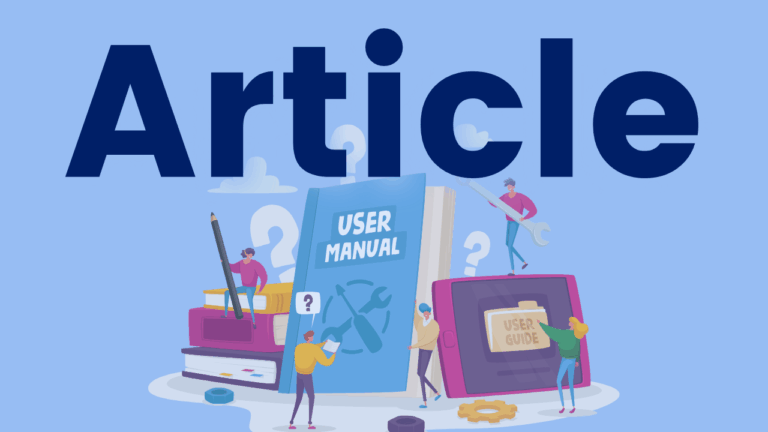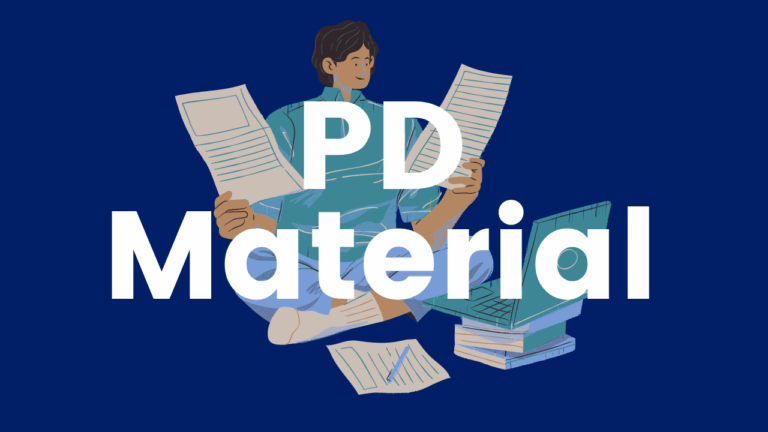Argument Writing Components
Joan Sedita reviews the components of writing an argument piece in this short video.

Joan Sedita reviews the components of writing an argument piece in this short video.

By modeling the use of sophisticated words, educators can promote students’ vocabulary growth and word consciousness. In this article, the research support for this approach is explained, suggestions are provided for how teachers might accomplish this goal, and examples are shared from teachers who have done it successfully. Don’t miss the helpful list of sophisticated…

This is a rubric to support educators in analysing an informational text, and planning for instruction. It is organized around the four categories of qualitative complexity: purpose/meaning, language, structure, and knowledge. Within each category, educators will first analyze the complexity level of each category, drawing from the Literary Text Qualitative Rubric, to determine what makes this…

This is a rubric to support educators in analysing a literary text, and planning for instruction. It is organized around the four categories of qualitative complexity: purpose/meaning, language, structure, and knowledge. Within each category, educators will first analyze the complexity level of each category, drawing from the Literary Text Qualitative Rubric, to determine what makes…

Students must need to understand the role and function of cohesive devices, or cohesive ties, to carry meaning across sentences in a text. Learn about cohesive devices like determiners, pronouns, conjunctions and adverbs.

Dr Timothy Shanahan discusses the features that make a text complex, including background knowledge, organization, and text cohesion.

It is of critical importance that educators learn as much as they can about students’ home language in order to provide both effective and culturally relevant and responsive instruction. ASHA maintains a list of phonemic inventories that support educators in learning more about the structure of languages student speak.

This tool is intended to support educator analysis of anchor texts for both complexity and opportunities for culturally relevant pedagogy to determine whether/how to use a text and to prepare for instruction.

Tier 2 words appear in many different contexts and are often subtle or precise ways to say relatively simple things. Since these aren’t words that will typically be used in a student’s conversations and they aren’t domain-specific, they should be given more focus than Tier 1 and Tier 3 vocabulary. The Academic Word Finder produces…

This handbook is intended to support all educators in their passion to help every child reach his or her fullest potential. Use it to raise awareness, share best practices, and be a resource to your school’s administration and staff. Inside you’ll learn more about topics such as signs and symptoms of dyslexia; classroom strategies, tips,…

The Knowledge and Practice Standards define the knowledge and skills that all teachers of reading should possess to teach all students to read proficiently. These competencies can be used to guide professional development for educators.

This workshop provides an introduction to multi-tiered systems of support (MTSS) as the framework for implementing the science of reading in elementary schools. A clear description of MTSS will be contrasted with the current service delivery models it is designed to replace. Participants will have an opportunity to reflect on the components of MTSS in…